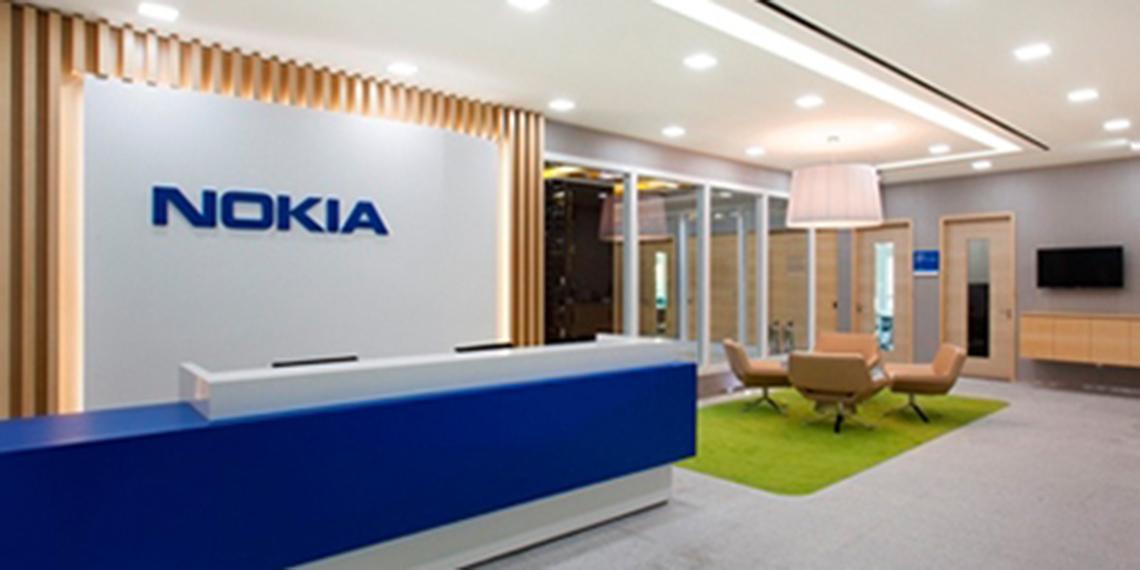Nokia is helping operators enhance the delivery of video-based services with the launch of new technologies and services at IBC 2016. A predictive optimization service will allow operators to see the impact of changing network conditions on mobile video and gaming applications, a suite of IP video capabilities will enable fixed, mobile, cable and TV operators to bridge to next-generation technology and a demonstration of virtual reality will show the future possibilities of video delivery.
Video and audio streaming will, according to Bell Labs Consulting, account for 79 percent of increased data traffic by 2020, and as mobile devices evolve, so will the consumer appetite for higher definition video. Operators today are challenged with ensuring they deliver the highest quality video experience, even at events or on occasions when data traffic is greatest.
Nokia is adopting a holistic approach to this challenge by allowing operators to plan for and manage network traffic growth while offering in-demand video services today and into the future.
The new Nokia predictive optimization service for video and high-bandwidth applications like mobile gaming simulates the impact of changing network conditions on video delivery and the mobile viewing experience. This helps mobile operators prioritize investments to address expected network bottlenecks and demand in high-traffic hotspots such as large congregations of users at events, where Mobile Edge Computing can be used to enhance the subscriber experience.
Visitors to IBC 2016 will be able to see demonstrations of Nokia IP video solutions. A new suite of innovative IP video packages will allow fixed, mobile, cable and converged TV operators to rapidly and smoothly bridge to new generation platforms that allow them to deliver video services such as time-shift TV, live-pause, restart TV and more over any connected devices. These packages will also support a faster experience for subscribers accessing electronic program guides, video on demand catalogs and other video application menus as well as the video itself.
At IBC 2016, Nokia will demonstrate the future possibilities enabled by virtual reality video. Using the Nokia Ozo Virtual Reality camera and Mobile Edge Computing, Nokia will work with pan European operator, Tele2, to broadcast multiple live 360°, 3D video streams from the event to users with virtual reality headsets. This will enable the delivery of a differentiated experience to subscribers at stadiums and allow hotspots of people away from the event to become immersed in the action.









